Matching your ski boots with the right bindings is essential for safety and performance. In 2025, systems like GripWalk (GW) and Multi Norm Compatible (MNC) make compatibility easier, but understanding boot sole standards is key. Here’s what you need to know:
- GripWalk (ISO 23223): Rockered soles with better grip and natural walking feel. Works with GW, MNC, and tech/pin bindings.
- Alpine (ISO 5355): Flat soles for skiing performance. Compatible with Alpine, GW, MNC, and tech/pin bindings.
- Touring (ISO 9523): Rugged soles for backcountry use. Pairs with MNC and tech/pin bindings.
- MNC Bindings: The most flexible option, working with Alpine, Touring, GripWalk, and WTR soles.
For simplicity, brands like Snowfeet* offer snowboard-style bindings compatible with most boots, skipping the usual compatibility headaches. Whether you’re skiing downhill, exploring backcountry, or trying new gear like Snowfeet*, the right boot-binding combo keeps you safe and ready for adventure.
WBW Alpine Ski Binding Compatibility Issues
Boot Sole Standards Explained
Understanding boot sole standards makes it much easier to pick the right gear. Each standard is designed for a specific purpose, and knowing what you're working with can save you from compatibility headaches.
Alpine (ISO 5355) and GripWalk (ISO 23223) Soles
Alpine soles (ISO 5355) are the classic, flat-soled boots that have been a staple for years. These boots feature a smooth, hard plastic sole designed for a solid connection with bindings, prioritizing skiing performance. However, they’re not exactly built for comfort when walking.
GripWalk soles (ISO 23223) have shaken things up with their curved design and rubber lugs. These soles make walking feel more natural and provide better grip on icy surfaces, all while keeping the reliable release characteristics of alpine soles intact.
To ensure compatibility, look for the GripWalk logo on both your boots and bindings. GripWalk soles are compatible with MNC bindings, Marker Sole.ID bindings, and any bindings labeled GripWalk or "GW." They also work with tech/pin bindings. Alpine soles, on the other hand, pair seamlessly with alpine, MNC, GripWalk, and tech/pin bindings. Always double-check for the appropriate logos and ISO markings to avoid surprises.
Now, let’s dive into touring soles and older standards that expand your options.
Touring (ISO 9523) and Older Standards
Touring soles (ISO 9523) are made for backcountry explorers. These boots feature full-rubber soles for grip and durability on rugged terrain. If they meet the ISO 9523 standard, they’re compatible with MNC alpine bindings. Non-compliant touring boots, however, require tech/pin bindings.
Walk-To-Ride (WTR) soles were an earlier attempt to blend alpine performance with walking comfort. Although less common today due to the rise of GripWalk, WTR soles are still found on some models. They work with WTR, MNC, and tech/pin bindings. Similarly, AT (alpine touring) boots that comply with ISO 9523 are compatible with MNC, Marker Sole.ID, and AT bindings designed for ISO 9523 boots.
Boot Sole Compatibility Chart
Matching your boots and bindings doesn’t have to be complicated. Use the chart below to see which combinations work:
| Boot Sole Type | Alpine Bindings | GripWalk Bindings | MNC Bindings | Tech/Pin Bindings |
|---|---|---|---|---|
| ISO 5355 - Alpine DIN | ✓ | ✓ | ✓ | ✓¹ |
| ISO 9523 - Touring | ✓ | ✓¹ | ||
| ISO 23223 - GripWalk | ✓ | ✓ | ✓¹ |
¹ Requires tech touring inserts
MNC bindings are a versatile choice, accommodating nearly all boot sole types.
When in doubt, always check the binding manufacturer’s guidelines to ensure compatibility. If you’re still unsure, a ski technician can provide expert advice and help you avoid a potentially unsafe mismatch.
Lastly, let’s touch on how modern systems, like Snowfeet*, simplify things. Unlike traditional ski brands such as Rossignol or Atomic - which often require specific boot-binding setups - Snowfeet* offers flexible binding options (Basic, Standard, Pro X) that work with a variety of boots. Depending on the model, you can use anything from winter shoes to snowboard boots.
One more thing: tech/pin bindings with touring inserts are a universal option across many boot types.
2025 Binding Technology: GripWalk (GW) vs Multi Norm Compatible (MNC)
Bindings have come a long way in 2025. GripWalk and Multi Norm Compatible (MNC) systems are leading the charge, solving boot-binding compatibility issues while boosting performance on the slopes.
How GripWalk Bindings Work
GripWalk bindings bring a fresh take to ski technology. Instead of the traditional flat alpine sole, they use a rockered sole design with rubber lugs. This setup delivers a more natural walking experience and better traction on icy surfaces. The best part? They’re compatible with both Alpine (ISO 5355) and GripWalk (ISO 23223) boot soles without needing height adjustments. That extra grip is a game-changer, especially in slippery spots like parking lots and lodge entrances. Just remember, if you’re switching to GripWalk soles, you’ll need GripWalk-compatible bindings to match.
Multi Norm Compatible (MNC) Systems
MNC bindings are the jack-of-all-trades. They work with Alpine, Touring, WTR, and GripWalk soles, making them perfect for skiers with different boot types.
Take the Salomon S/Lab Shift MNC and Atomic Shift MNC as examples. These bindings blend downhill power with backcountry versatility. In January 2025, Jans.com highlighted how the Atomic Shift MNC 13 lets skiers merge their alpine and backcountry setups without sacrificing performance. The toe piece offers 47 mm of elasticity, giving it downhill performance that’s almost on par with traditional alpine bindings.
Erin McNeely, a reviewer, shared their experience:
"I would say that the Atomic Shift MNC 10 (because I don't need the higher DIN option) on the Fisher Ranger 102 FR is my everyday setup. I've skied the Shift on everything from powder to straight ice and never had any issues. At this point, I don't even think about the fact that I'm not skiing on a normal alpine binding. Transitioning the binding between ski and walk modes did take some getting used to, but after the first couple times it became muscle memory." - Erin McNeely, Reviewer
Hybrid options like the Salomon S/Lab Shift MNC take it up a notch, pairing tech toe pieces for uphill ease with DIN-certified alpine performance for downhill safety. If you’re looking for a more budget-friendly choice, the Tyrolia Ambition is worth checking out. This frame-style touring binding supports downhill, touring, and GripWalk soles with its sliding, tube-like frame design.
Binding Comparison: GW vs MNC vs Standard
Here’s a quick look at how these systems stack up:
| Feature | GripWalk (GW) | Multi Norm Compatible (MNC) | Standard Alpine |
|---|---|---|---|
| Walking Comfort | Excellent – rockered sole design | Varies by boot type | Limited – flat sole |
| Boot Compatibility | Alpine + GripWalk soles | Multiple sole standards | ISO 5355 only |
| Safety Features | Enhanced grip reduces slips | Standard safety release | Standard safety release |
| Flexibility | Great for resort skiing | Excellent for various skiing styles | Limited to alpine skiing |
| Price Range | Mid-range | Higher-end | Budget-friendly |
GripWalk bindings are perfect for skiers who value walking comfort and reliable grip in resort settings, all while maintaining solid downhill performance. MNC systems, on the other hand, shine for those who want maximum versatility across different boots and skiing styles. Standard alpine bindings remain the go-to for budget-conscious skiers but are limited to ISO 5355 soles unless specifically marked as compatible with GripWalk, MNC, or WTR.
Some brands are pushing boundaries even further. Unlike traditional ski companies like Rossignol, Atomic, and Head, which often stick to specific boot-binding setups, Snowfeet* is breaking the mold. Their adaptable options simplify compatibility issues, making it easier than ever to hit the slopes without the usual headaches.
sbb-itb-17ade95
The Snowfeet* Advantage: Better Compatibility and Design
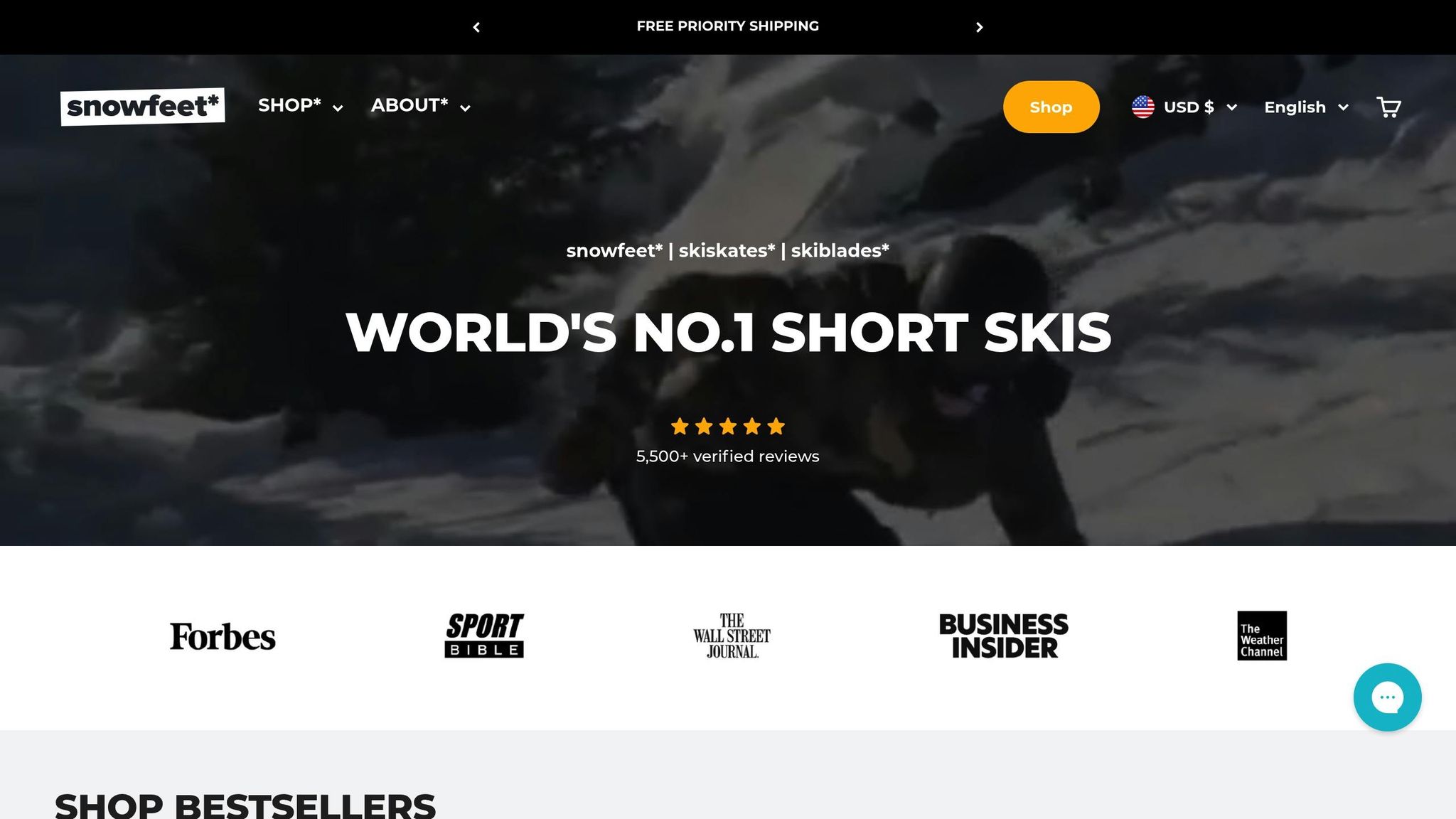
Let’s face it - traditional ski gear often feels like a juggling act when it comes to boot and binding compatibility. Snowfeet* takes that hassle and tosses it out the window with smart, all-in-one designs that focus on ease and flexibility.
Snowfeet* Product Compatibility
Snowfeet* flips the script on what ski gear can be. Instead of relying on traditional ski bindings that have to match specific boot sole standards (think ISO 5355, 23223, or 9523), Snowfeet* uses built-in snowboard-style bindings that work with almost any kind of footwear. That means no more worrying about whether your boots will play nice with your bindings.
Here’s how it works: Snowfeet* Mini Ski Skates (38 cm and 50 cm), Skiskates (44 cm), and Skiblades (65 cm, 99 cm, 120 cm) are designed to pair effortlessly with winter boots, snowboard boots, or ski boots, depending on the binding you choose. Whether you’re heading out in casual winter boots for a laid-back day or strapping into high-performance ski boots for more intense action, Snowfeet* has you covered.
And speaking of bindings, Snowfeet* offers three options to suit different needs:
- Basic Bindings: Affordable and compatible with most boots.
- Standard Bindings: Built tougher, with an extra strap to handle larger snowboard boots.
- Pro X Bindings: Fully adjustable, super comfortable, and made for aggressive riding with virtually any boot.
This flexibility makes Snowfeet* gear a game-changer for anyone who values convenience and versatility on the slopes.
Why Snowfeet* Beats Traditional Skis
Snowfeet* doesn’t just simplify compatibility - it reimagines the whole skiing experience. With over 5,500 verified reviews averaging 4.9/5, it’s clear that many users are hooked. Most people report being able to ride confidently within just 5 minutes - compare that to the hours (or days) it often takes to get the hang of traditional skis.
And here’s the kicker: Snowfeet* gear is compact enough to fit in a backpack. No need for roof racks or bulky ski bags. Whether you’re hitting the hiking trail, sledding hill, or even your backyard, Snowfeet* fits right into your plans. Plus, their shorter length reduces the risk of falls turning into tangled messes - so you can focus on having fun instead of worrying about injuries.
The rave reviews speak for themselves:
"These skiblades are so much fun and easy to control. Never going back to regular skis." – Andrew B.
"Absolute game-changer! They're light, fast, and incredibly fun to ride." – Nathan F.
Another standout feature? Terrain versatility. Snowfeet* gear isn’t just for ski slopes - it’s built for trails, backyards, and sledding hills, offering way more options than traditional skis, which are mostly limited to groomed runs.
Snowfeet* vs Traditional Ski Brands Comparison
Here’s a side-by-side look at how Snowfeet* stacks up against the big names like Rossignol, Atomic, and Head:
| Feature | Snowfeet* | Traditional Ski Brands (Rossignol, Atomic, Head) |
|---|---|---|
| Boot Compatibility | Works with winter boots, snowboard boots, and ski boots | Requires specific boot–binding combinations |
| Learning Time | 5 minutes to get started | Hours to days of lessons typically needed |
| Portability | Compact design fits in a backpack | Often requires roof racks and specialized ski bags |
| Terrain Flexibility | Suitable for slopes, trails, backyards, and sledding hills | Primarily designed for groomed ski slopes |
| Age Range | 5–105 years | Typically adult-focused with separate kids' lines |
| Price Range | $150–$690 (all-in-one setup) | $1,000+ for a complete setup |
| Setup Complexity | Strap in and ride | Professional mounting and boot fitting required |
With transparent pricing and no need for professional mounting or hidden extras, Snowfeet* keeps things simple and affordable. As one happy customer summed it up:
"Long enough to ski, short enough to skate. Easy to Learn and Use. Strap in and ride – no lessons needed."
By making gear that’s easy to use, flexible, and fun, Snowfeet* offers a fresh alternative to the traditional ski experience. It’s skiing, but without all the baggage - literally and figuratively.
(Source:)
Practical Compatibility Tips and Product Recommendations
Here’s how to ensure your boots and bindings are a perfect match, plus some top Snowfeet* product picks to get you started.
How to Check Compatibility
First, take a close look at the sole of your boots. Are they Alpine (ISO 5355) with a flat sole? Or do they have a textured pattern and the GW logo, indicating they're GripWalk (ISO 23223)? If your boots are GripWalk, you'll need GripWalk-compatible or MNC bindings.
Next, check your boot’s sole length (BSL). This number, typically printed on the boot or listed in the manual, helps you determine if your boots will fit properly in the bindings. While many bindings are adjustable, staying within the recommended range is crucial for safety.
For traditional ski setups, make sure the brake width is 5–15 mm wider than your ski’s waist. This ensures the brakes deploy correctly when needed. If you’re unsure about any of this, consult the manufacturer’s compatibility charts or ask for help at a professional ski shop.
Once you’ve nailed down your boot specs, you’re ready to pick the right Snowfeet* gear for your adventures.
Best Snowfeet* Products for Your Needs
Snowfeet* takes the guesswork out of compatibility with built-in snowboard-style bindings that work with most boot types. Here’s a quick guide to help you choose the right model:
Just getting started or want maximum versatility?
Go for the Snowfeet* Mini Ski Skates (38 cm), starting at $150. These are compatible with regular winter boots, making them perfect for casual fun on sledding hills, in backyards, or even on the slopes.
Looking for better performance without losing flexibility?
The Snowfeet* Pro (50 cm) at $199 offers tougher construction with adjustable bindings that work with both winter boots and snowboard boots. Its wood core adds stability, giving you more confidence as you ride.
Switching from traditional skis or snowboards?
Skiskates (44 cm), starting at $390, are a great middle ground. They come with two binding options: one for snowboard boots and another for ski boots, so you can stick with the gear you already own.
Want a skiing experience closer to the traditional feel?
Check out Skiblades. They come in three lengths to match your skill level. The 65 cm version (from $450) is ideal for quick turns in tight spots and works with ski or snowboard boots. For more stability on mixed terrain, the 99 cm model (from $490) is a solid choice. And if you’re after the most traditional skiing experience, the 120 cm version (from $690) is for you, though it requires ski boots.
What’s great about all Snowfeet* products? They come with built-in bindings, so there’s no need for extra mounting or compatibility headaches. You can also choose from Basic, Standard, or Pro X binding options to match your performance goals.
Common Compatibility Mistakes and How to Avoid Them
Even with all the checks in place, mistakes can happen. Here are some common pitfalls to watch out for:
- Mismatched boot and binding standards: For instance, using Alpine bindings with GripWalk soles can cause issues like premature release or failure to release - both of which can be dangerous.
- Upgrading gear piece by piece: Replacing your old Alpine boots with GripWalk models might leave you with bindings that don’t match. Since ski gear is a big investment, make sure any new additions work with your current setup.
- Brake width errors: Brakes that are too narrow can fail to deploy during a fall, while overly wide ones can create drag.
Snowfeet* makes these headaches a thing of the past. With their built-in snowboard-style bindings, you don’t have to worry about ISO standards, brake widths, or tricky mounting. Plus, Snowfeet* shines in places where traditional skis often falter - like hiking trails, backyards, or sledding hills. It’s a streamlined, all-in-one solution that lets you focus on having fun.
Key Takeaways for 2025
Ski gear is evolving fast, and GripWalk and MNC technologies are leading the charge. These innovations bring some big perks: better traction on icy terrain, a smoother, more natural walking motion, and improved energy transfer between your boots and bindings.
That said, traditional systems still dominate much of the market, but they come with their own challenges. Brands like Rossignol, Atomic, and Head require precise matching between boots and bindings, which can feel like solving a puzzle every time you gear up.
Enter Snowfeet* - a game-changer. Their built-in binding system works seamlessly with winter, snowboard, and ski boots. No more compatibility headaches. This approach highlights a broader trend in winter sports: making gear simpler and more accessible.
What really sets Snowfeet* apart is its adaptability. While brands like Elan and Head focus on traditional resort skiing, Snowfeet* steps beyond the slopes. Whether you're gliding through your backyard, trekking snowy trails, or zipping down a sledding hill, these compact, lightweight products are designed to go wherever your winter adventures take you. Plus, they’re small enough to toss in a backpack, making them perfect for those who like to mix things up.
The push toward simpler, more user-friendly solutions is clear. While GripWalk soles are now offered by nearly all major ski boot brands, full compatibility still depends on pairing them with the right bindings and setup. Snowfeet* skips all that hassle, letting you focus on the fun instead of the tech.
For 2025, it’s all about streamlining your gear. Less fuss, more time on the snow - Snowfeet* makes it easy to embrace the adventure without the compatibility drama.
FAQs
How can I check if my ski boots work with GripWalk or MNC bindings?
To figure out if your ski boots are compatible with GripWalk or MNC bindings, take a look at the sole of your boots. Boots designed for GripWalk will have a 'GripWalk' marking or an ISO 23223 label. On the other hand, traditional alpine boots feature ISO 5355 soles. Now, if you're dealing with MNC bindings, you're in luck - they’re designed to work with various sole types, including GripWalk, ISO 5355, and Touring soles (ISO 9523). These bindings usually come with an adjustable toe height, making it easier to fit different boot styles.
Still not sure? Check the binding manufacturer’s guidelines or swing by an authorized ski shop for expert advice. With newer ski gear, it’s always smart to confirm compatibility to keep your skiing both safe and fun.
What makes Snowfeet* products better than traditional skis and snowboards?
Snowfeet* gear stands out because it’s light, compact, and super easy to carry - perfect for anyone who loves convenience. Unlike bulky skis or snowboards from brands like Rossignol, Atomic, or Head, Snowfeet* is all about being simple and approachable, especially for beginners or casual snow lovers.
Thanks to their flexible design, Snowfeet* works on various terrains, offering a fun experience without the hassle of heavy equipment. Plus, they’re gentle on your knees, reducing strain and making them a great pick for anyone who wants to enjoy snow sports without the intense physical demands or steep learning curve of traditional gear. Whether you’re trying snow sports for the first time or just want an easier way to hit the slopes, Snowfeet* offers a modern, hassle-free way to enjoy the snow.
Can I use my winter or snowboard boots with Snowfeet*, and what bindings work best for different boot types?
Yes, you can use your regular winter boots or snowboard boots with Snowfeet gear, making it a super convenient option for anyone who loves the snow. Snowfeet products are built to work with various boot types, so there’s no need to splurge on special footwear to get started.
When it comes to bindings, Snowfeet gear is compatible with advanced systems like GripWalk (GW) and Multi Norm Compatible (MNC). These systems are designed to work with different boot soles. Plus, most Snowfeet bindings are adjustable, which means they can fit a wide range of boot sizes and styles. Whether you’re rocking your trusty winter boots or your snowboard boots, Snowfeet makes hitting the slopes a breeze.

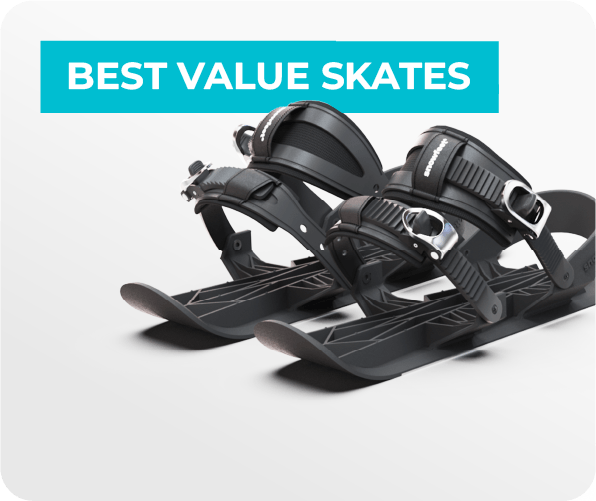



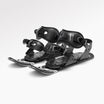
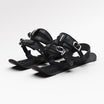
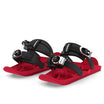
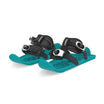

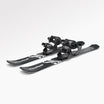

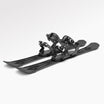
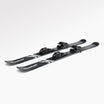






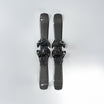
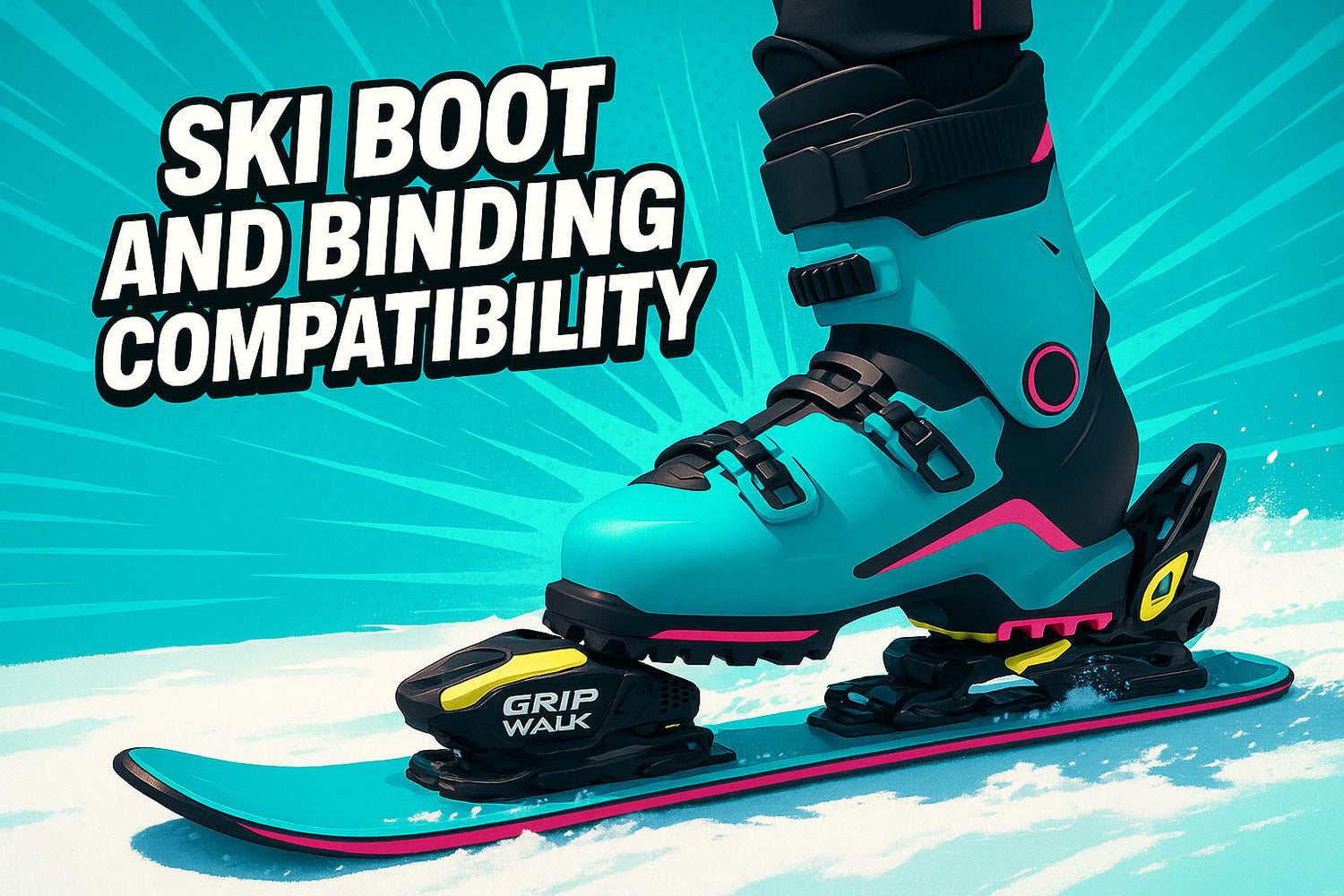
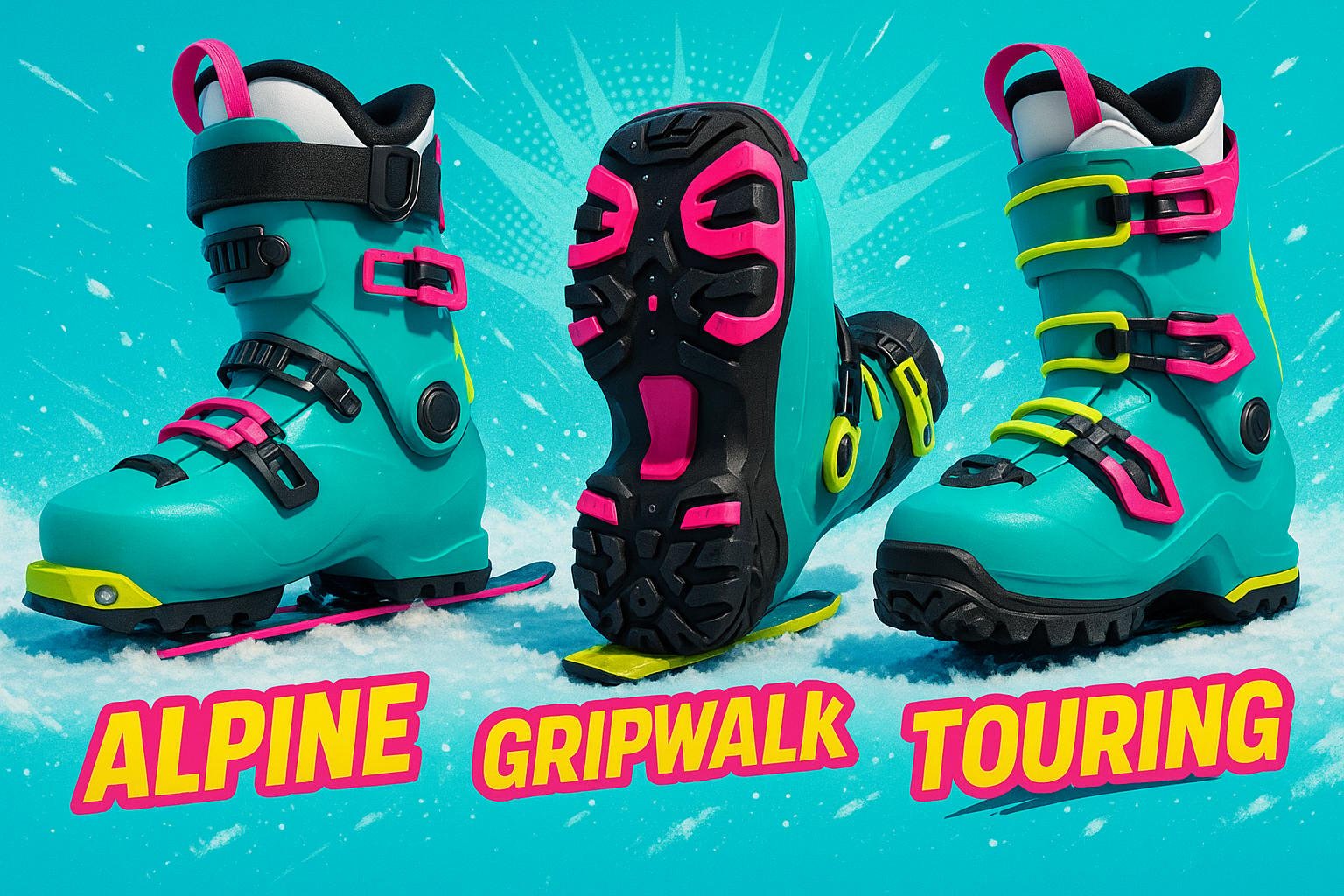
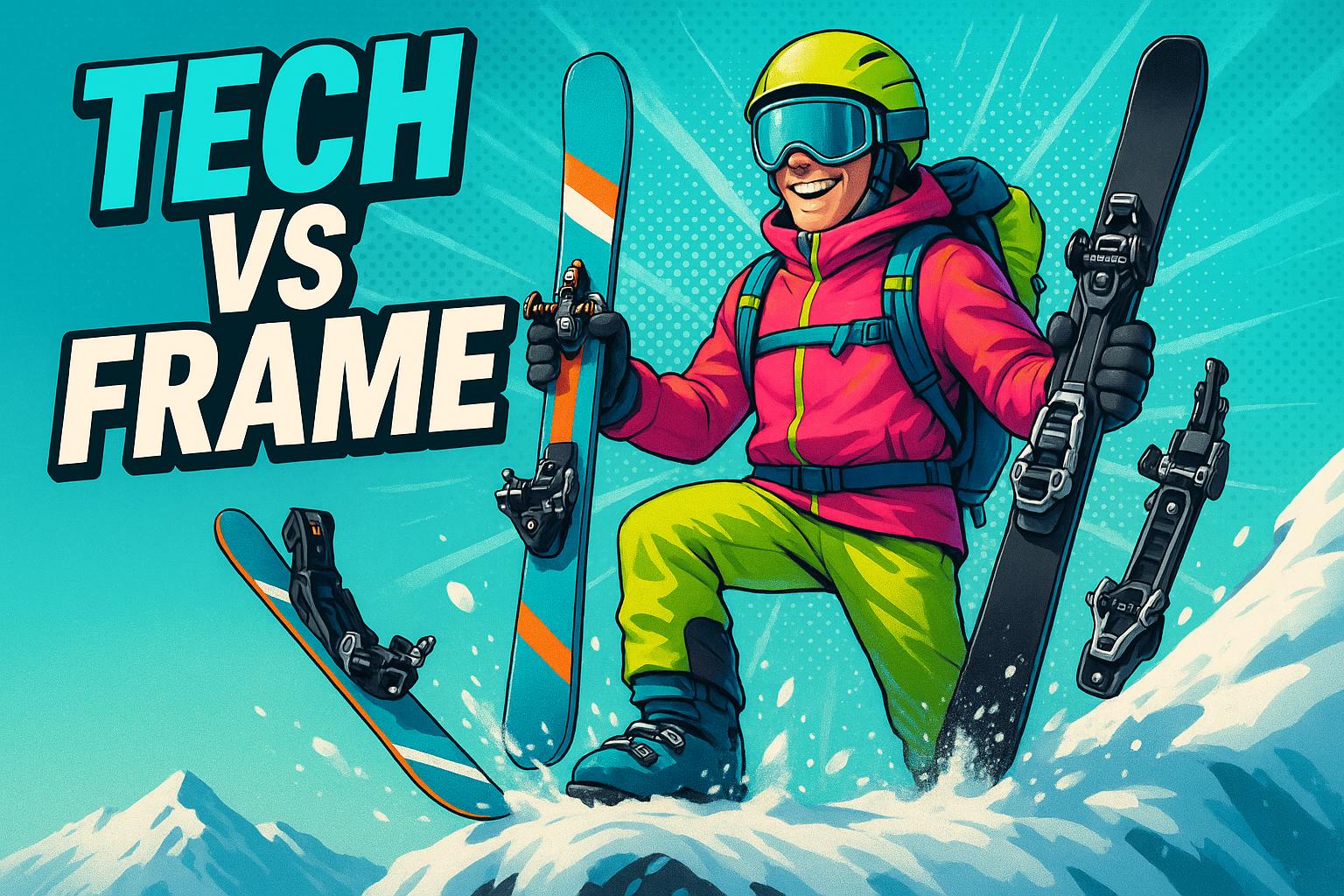
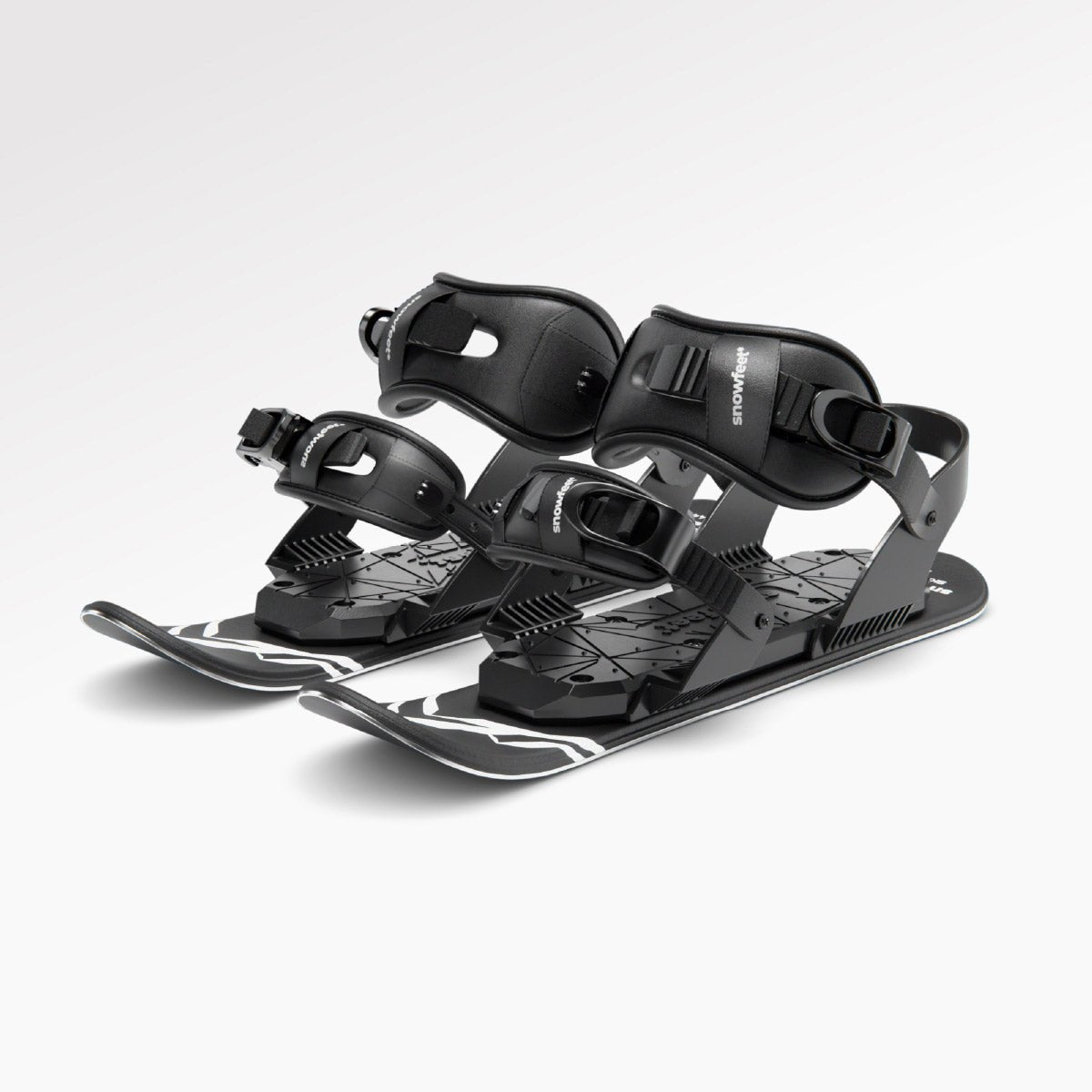
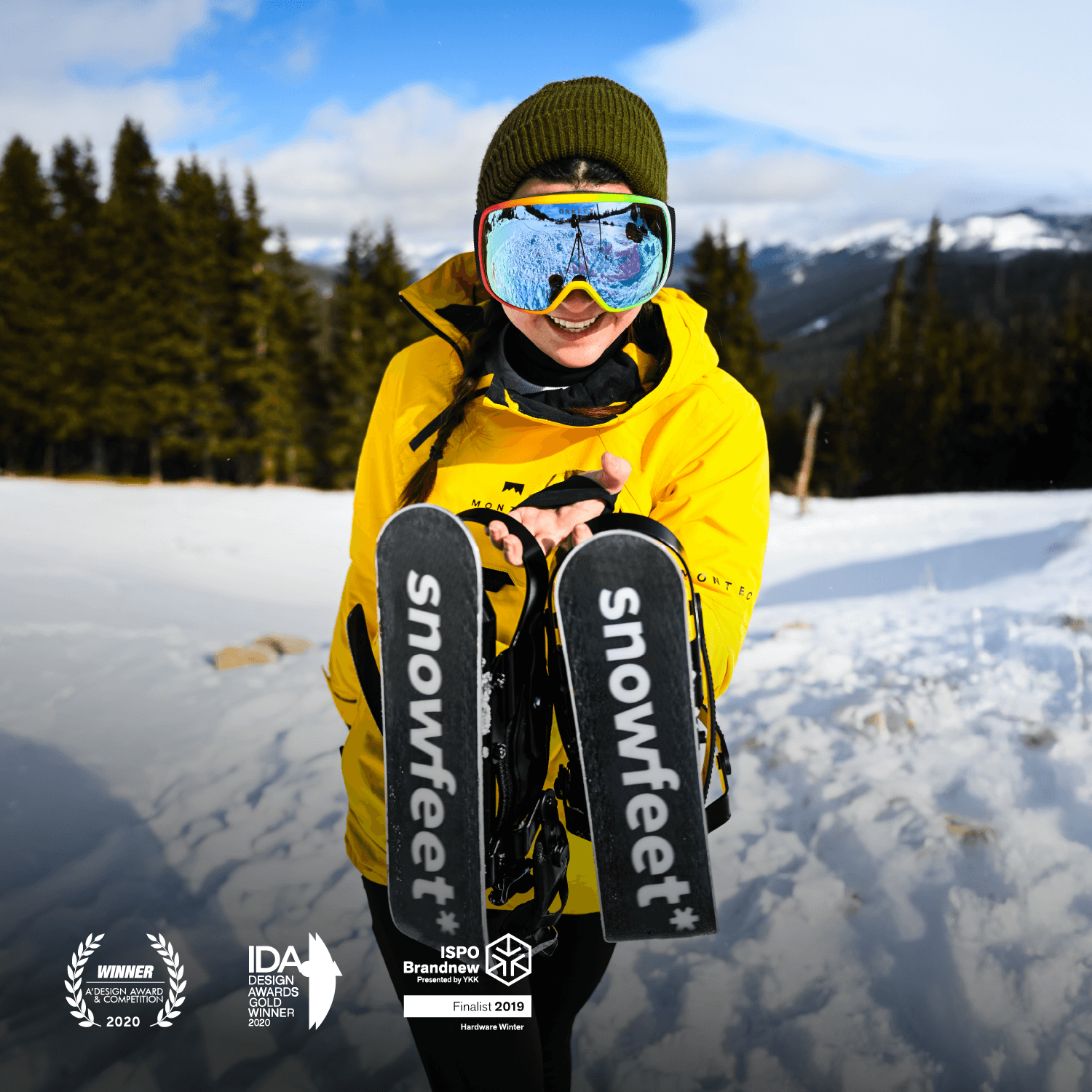
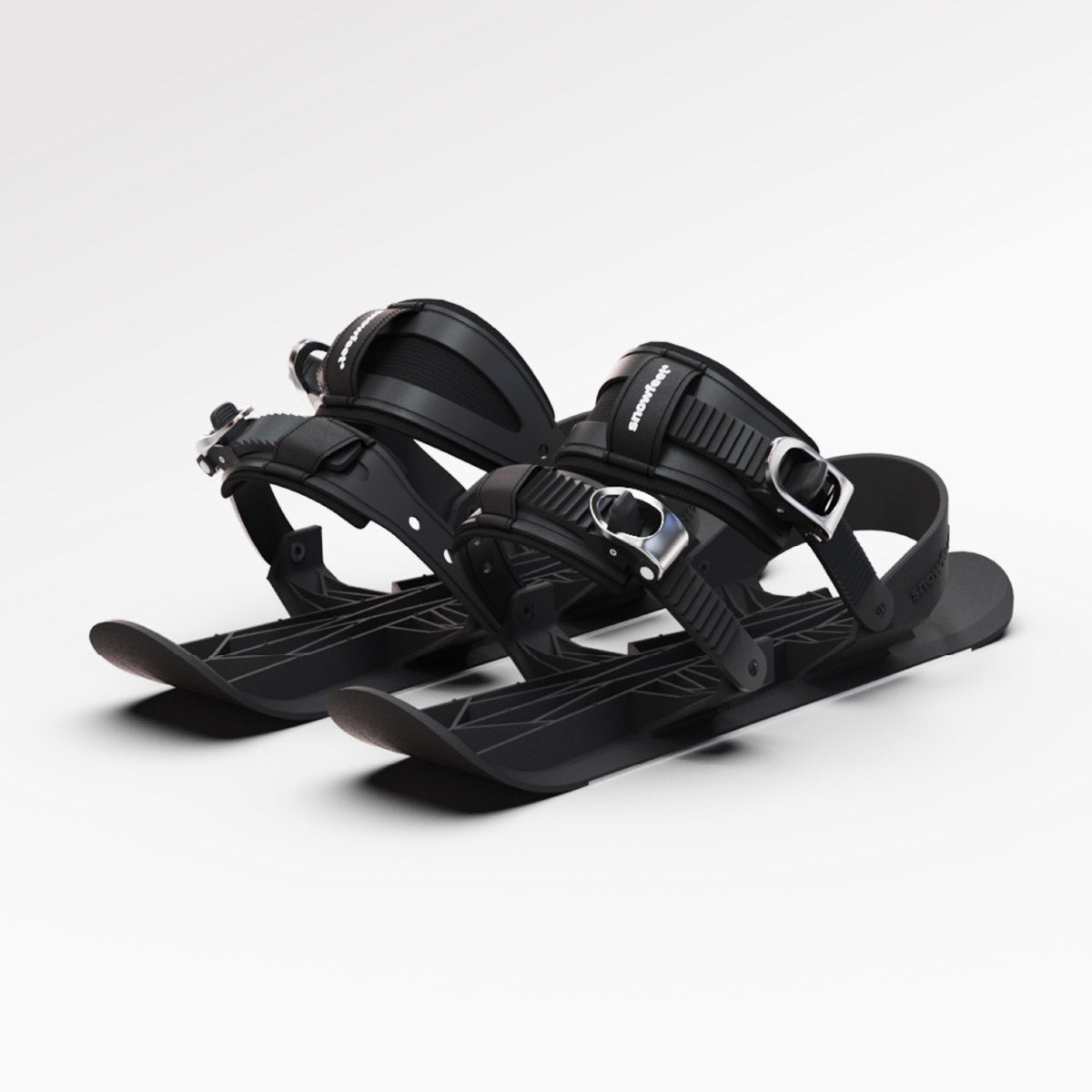

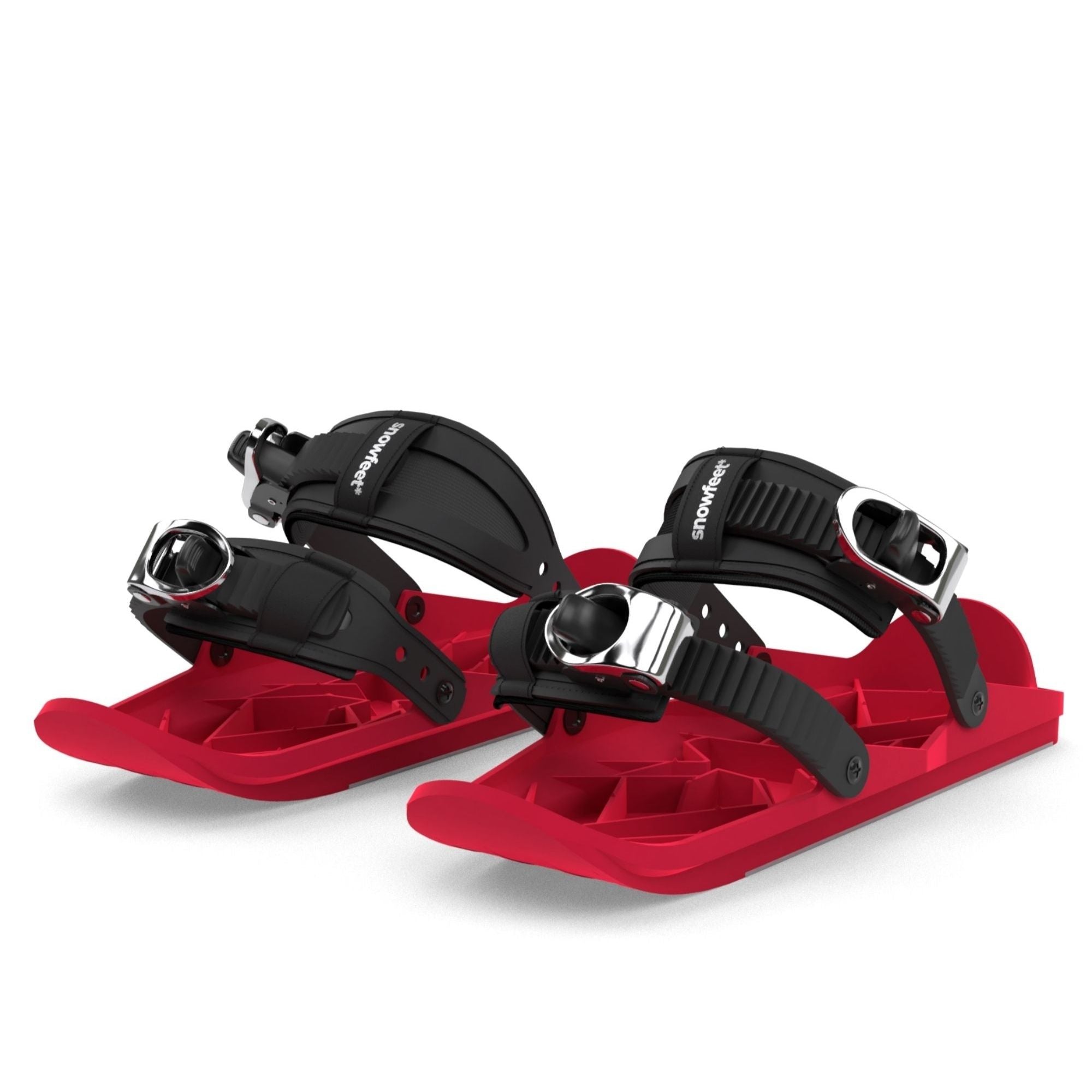
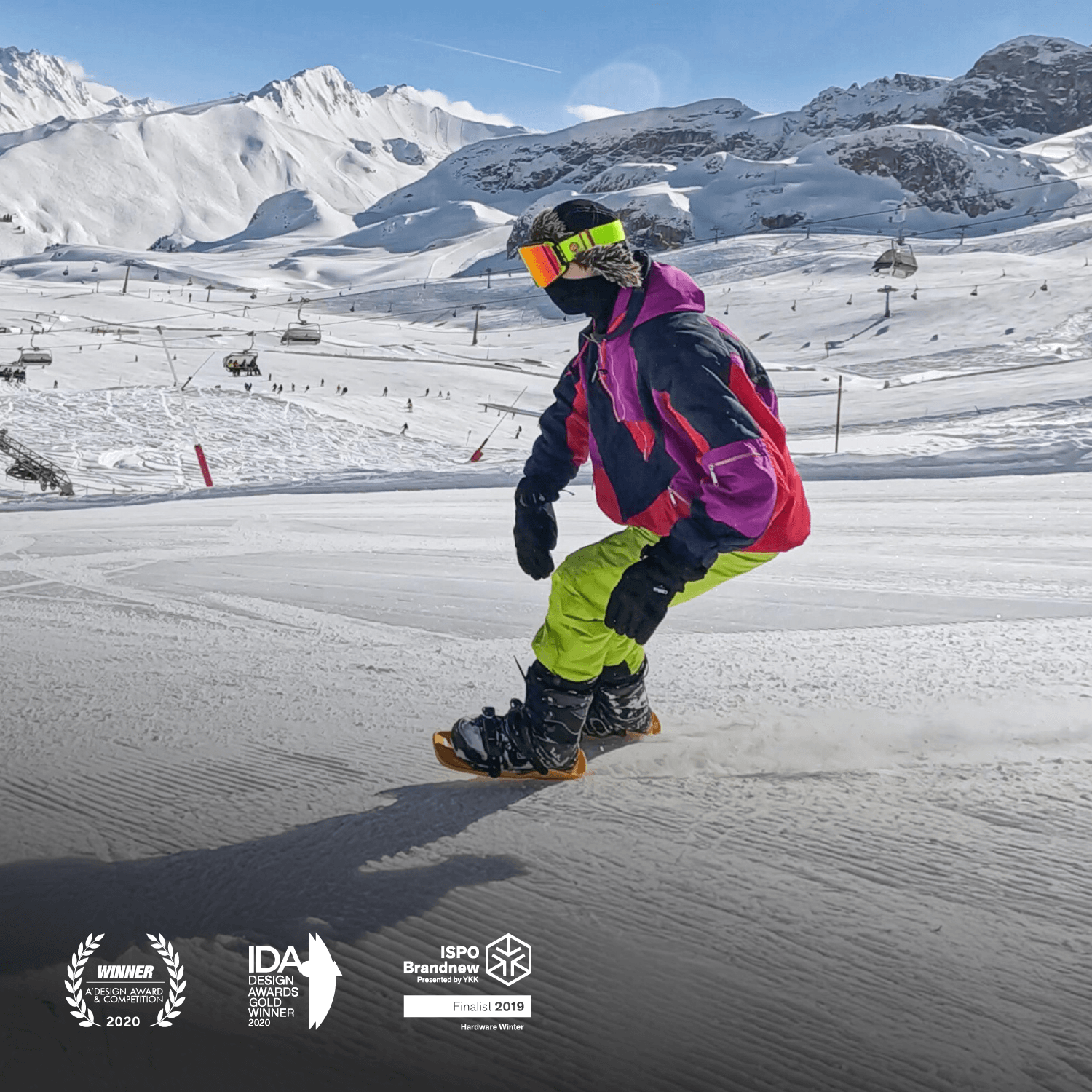


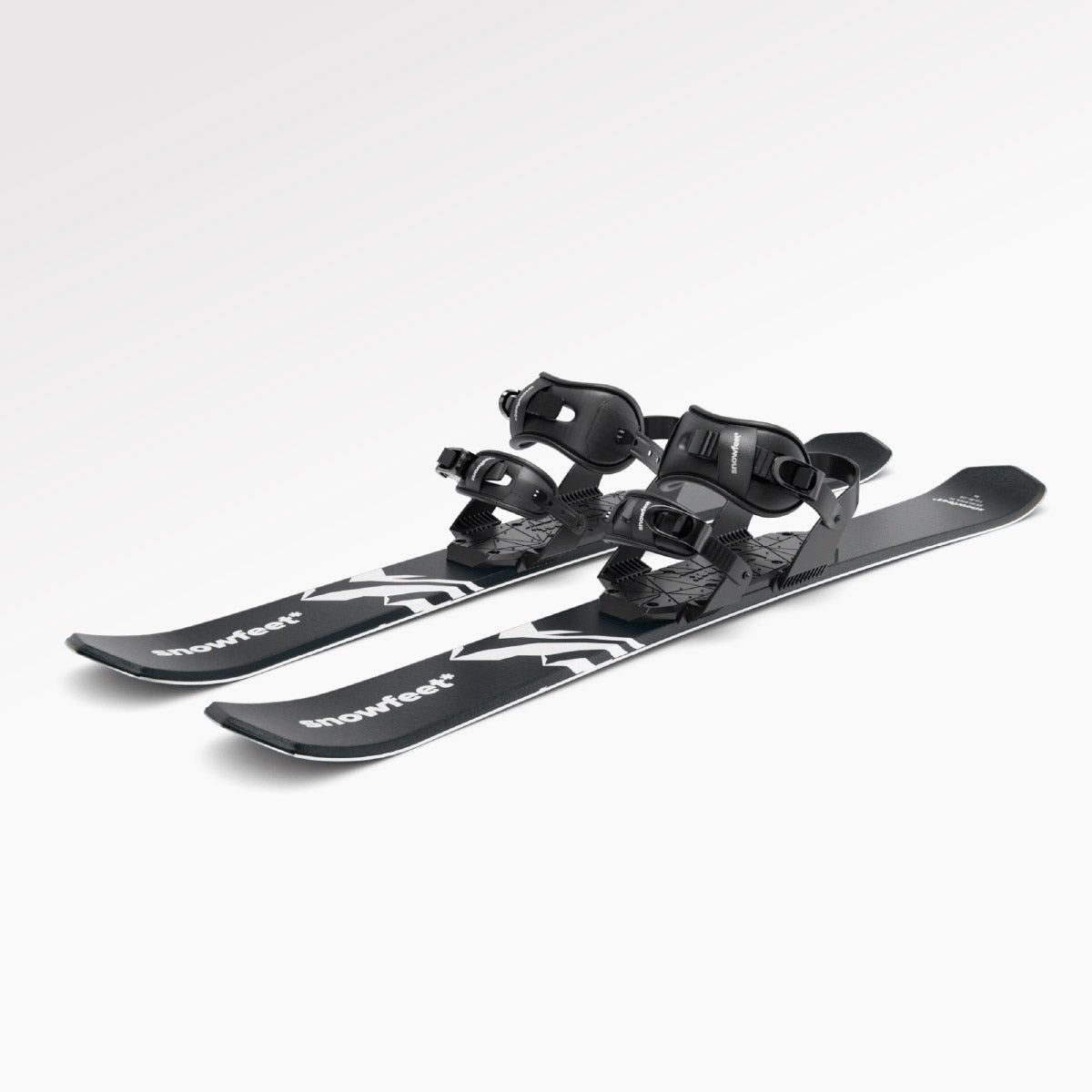
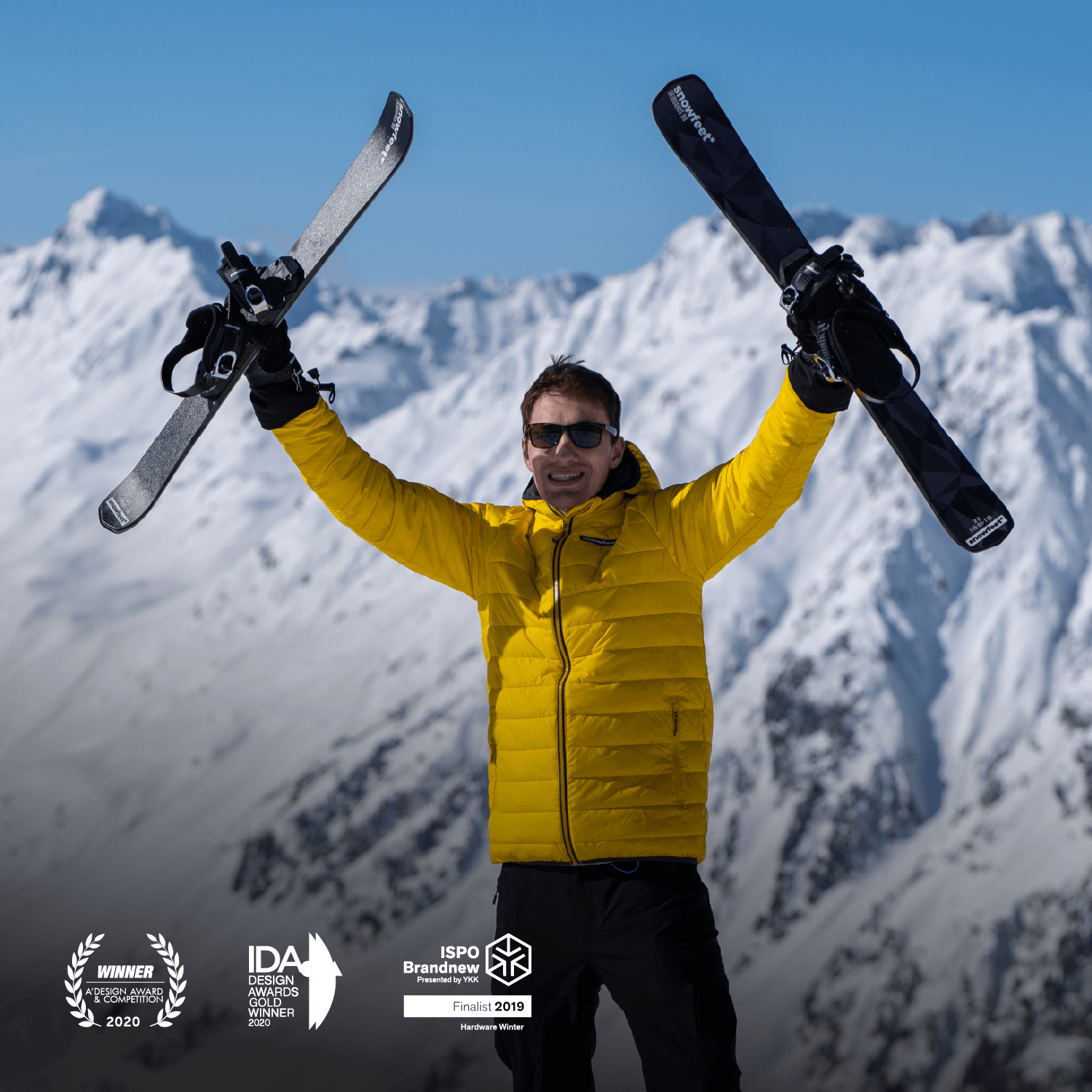
Leave a comment
This site is protected by hCaptcha and the hCaptcha Privacy Policy and Terms of Service apply.